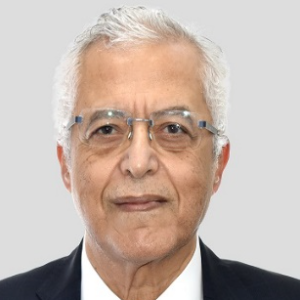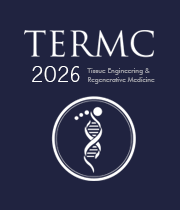Scaffolds Materials and Synthesis
Tissue scaffolds are essential for tissue engineering because they must provide a proper mechanical and chemical environment for seeded cells to grow and operate normally, eventually forming completely functioning tissue. Tissue scaffolds essentially serve two purposes: they give a place for cells to multiply and they have a structure that allows soluble gases, nutrients, and waste products to be transported in a way that satisfies the needs of an expanding cell population. Scaffolds for tissue engineering can also be made from natural materials and are generally biocompatible. For tissue engineering purposes, a variety of materials have been produced as scaffolds. Foaming is used to create scaffolds that most closely fulfill the parameters for an ideal scaffold and most closely mirror the structure of trabecular bone. Biocompatibility is the most important feature of TE scaffolds. Biocompatibility can be defined as a biomaterial's, device's, or system's capacity to fulfil its intended function in relation to a medical therapy without causing any undesired local or systemic consequences in the therapy's recipient or beneficiary. More specifically, a scaffold's biocompatibility for TE applications relates to its capacity to function as a substrate that will support the desired cellular activity.

Nagy Habib
Imperial College London, United Kingdom
Lucie Bacakova
Institute of Physiology of the Czech Academy of Sciences, Czech Republic



Title : AI-integrated high-throughput tissue-chip for space-based biomanufacturing applications
Kunal Mitra, Florida Tech, United States
Title : Stem cell technologies to integrate biodesign related tissue engineering within the frame of cell based regenerative medicine: towards the preventive therapeutic and rehabilitative resources and benefits
Sergey Suchkov, N.D. Zelinskii Institute for Organic Chemistry of the Russian Academy of Sciences, Russian Federation
Title : In vitro evaluation of lyophilized Dedifferentiated Fat cells (DFAT) impregnated artificial dermis
Kazutaka Soejima, Nihon University, School of Medicine, Japan
Title :
Nagy Habib, Imperial College London, United Kingdom
Title :
Alexander Seifalian, Nanotechnology & Regenerative Medicine Commercialisation Centre, United Kingdom
Title : The regenerative medicine of the future
Marco Polettini, DVM, Italy